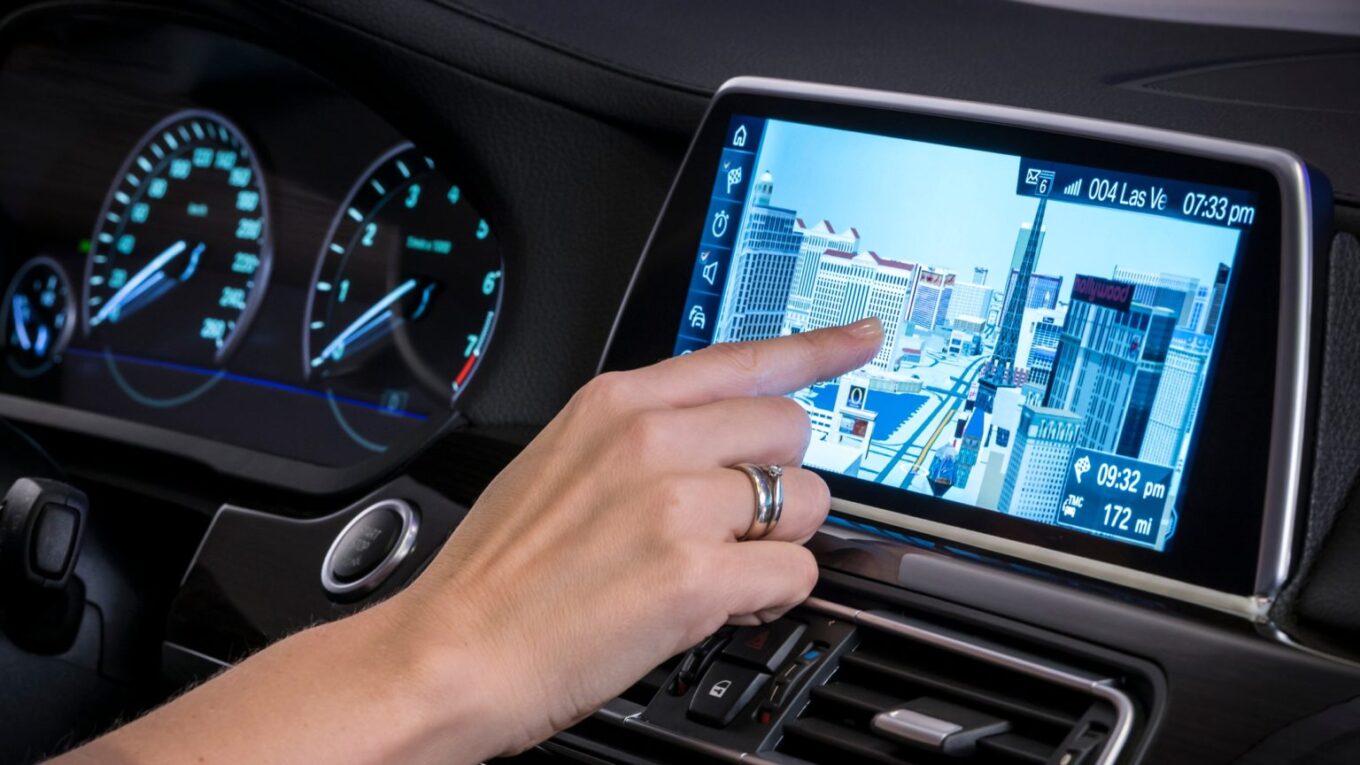In-vehicle infotainment (IVI) systems have rapidly evolved over the last decade to become much more than simply a way to listen to music in the car. Modern infotainment platforms integrate a wide range of features designed to keep drivers entertained, informed and connected while on the road. As vehicles become “smart” mobile devices on wheels, IVI is poised to completely transform the in-car experience of the future.
The Evolution of In-Car Technology
Early car stereos offered basic AM/FM radio and cassette or CD players for listening to music. Gradually, auxiliary inputs allowed connection to mp3 players and some models included CD changers for expanded music libraries. Satellite radio emerged as a major player in the 2000s, delivering commercial-free national broadcasts.
Touchscreens Arrive in the Vehicle Cabin
The introduction of in-dash touchscreens beginning in the late 2000s was a major turning point. Pioneered by higher-end brands, touch interfaces optimized the in-car experience and allowed far more functionality than button-based systems. In-Vehicle Infotainment Drivers could now access navigation, make hands-free calls, customize audio presets and control much more with intuitive touch gestures. Over time, screens have grown larger with higher resolutions for improved readability and operation while driving.
Beyond Audio: Integrated Connectivity and Apps
Modern infotainment platforms have become all-encompassing onboard computing systems. Drivers can now stay connected through built-in 4G LTE, getting over-the-air software updates and using cloud-based features and apps. Navigation is enhanced with real-time traffic and predictive routing. Integrated app stores give access to music libraries, audiobooks, podcasts and more through services like Spotify, Audible, Pandora and iHeartRadio directly from the touchscreen. Advanced platforms also incorporate intelligent virtual assistant technology like Siri, Alexa and Google Assistant for hands-free control and information assistance on the go.
Safety Adds a New Dimension
With advanced driver assistance technologies becoming more prevalent, OEM infotainment systems are also integrating vehicle control and status information, as well as safety notifications. This helps educate drivers on available driver aids and active safety features. Carefully designed emergency and roadside assistance features are also being incorporated for added peace of mind while driving. However, access to functionality is gated appropriately to avoid distracted operation whenever the vehicle is in motion for strict compliance with safety regulations.
Automakers Differentiate with Branded Experiences
As infotainment increasingly becomes the nerve center through which drivers interact with their vehicles, automakers are using their In-Vehicle Infotainment platforms to differentiate brand experiences. Some focus on lifestyle content from music to audiobooks while others optimize for productivity and convenience. Over-the-air updates allow continuous enhancements to personalize the experience. Integrated e-commerce services will soon transform how owners buy parts, schedule service and even purchase new cars directly from the touchscreen. With user interaction data being mined, advanced AI is also poised to anticipate driver needs and automate routine tasks.
Moving Toward More Immersive Experiences
Infotainment of the future envisions ever larger panoramic displays and an even deeper integration of all vehicle systems. Augmented reality (AR) and virtual reality (VR) will bring new dimensions to navigation, training and vehicle operation. Immersive, multi-dimensional experiences can transform otherwise mundane drives into active engagements. Entertainment will be brought to life through realistic 3D graphics and customizable virtual worlds. Personalized AI concierges will proactively guide, inform and assist occupants inside autonomous vehicles. As a hub for productivity, transactions and wellness, the connected car promises to redefine how people experience mobility.
In little over a decade, vehicle infotainment has evolved from basic stereos to become sophisticated integrated computing platforms and the main interface between driver and car. Modern IVI allows complete connectivity and control while optimizing the in-car experience. As technologies advance, infotainment will drive even more immersive experiences and reshape how we use vehicles. Automakers will differentiate through unique branded infotainment ecosystems optimized for productivity, wellness and enjoyment on the go. The connected car is poised to become far more than just transportation as an extension of our digital lives and a hub for enriched time spent traveling. Done thoughtfully with an emphasis on safety, in-vehicle infotainment will help define mobility experiences of the future.
*Note:
1. Source: Coherent Market Insights, Public sources, Desk research
2. We have leveraged AI tools to mine information and compile it.

